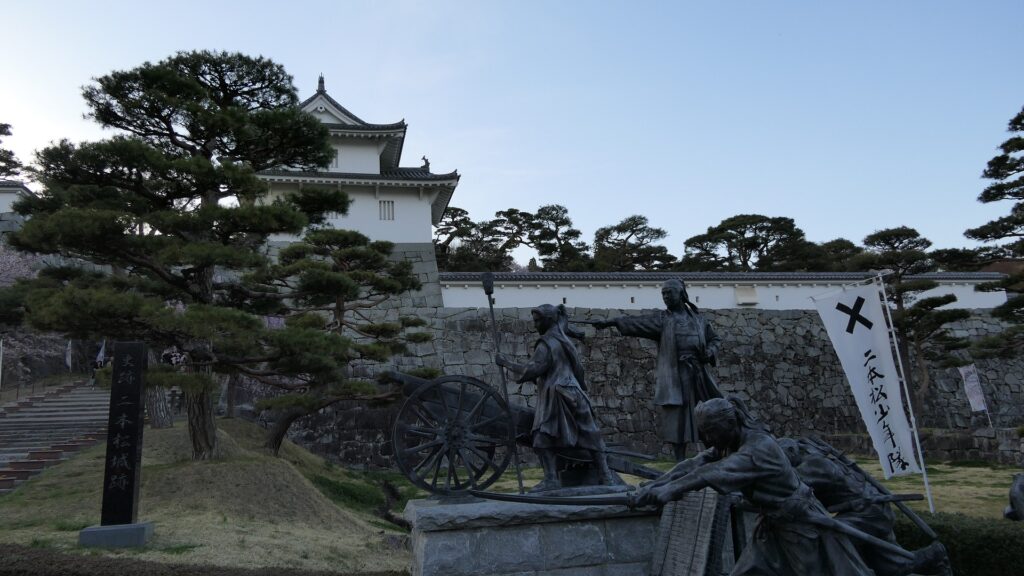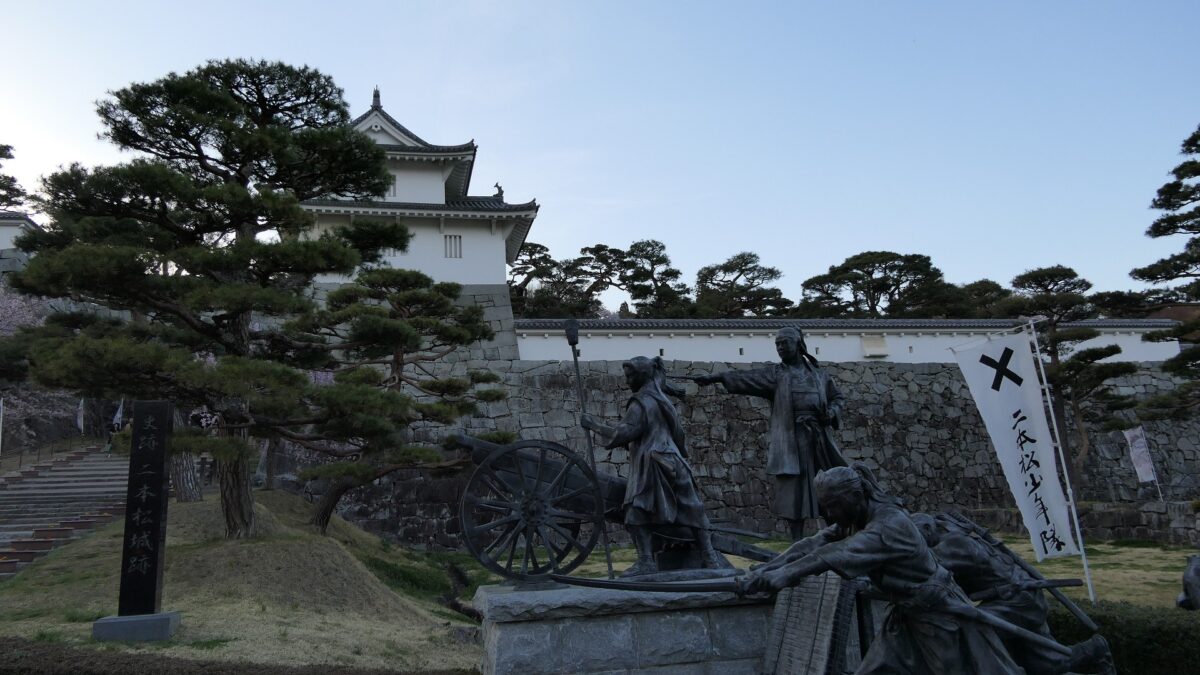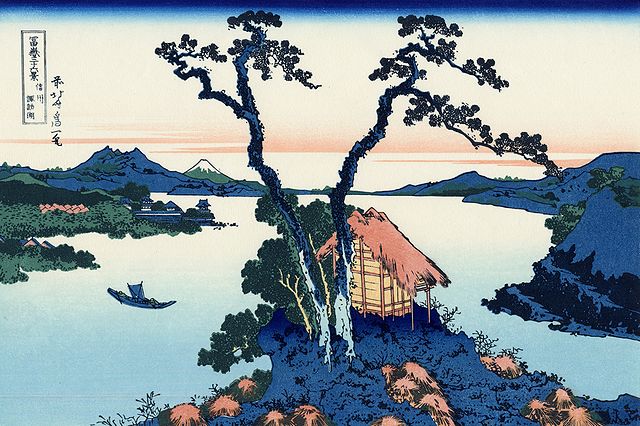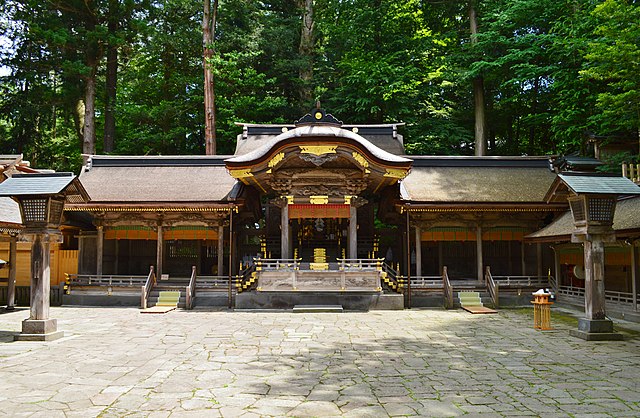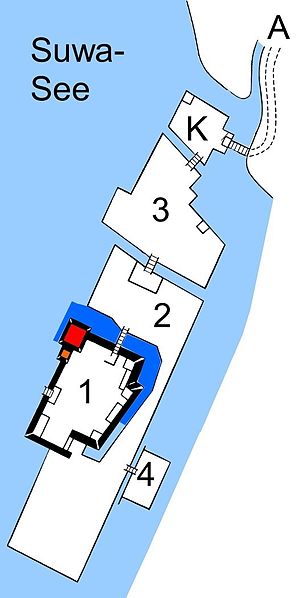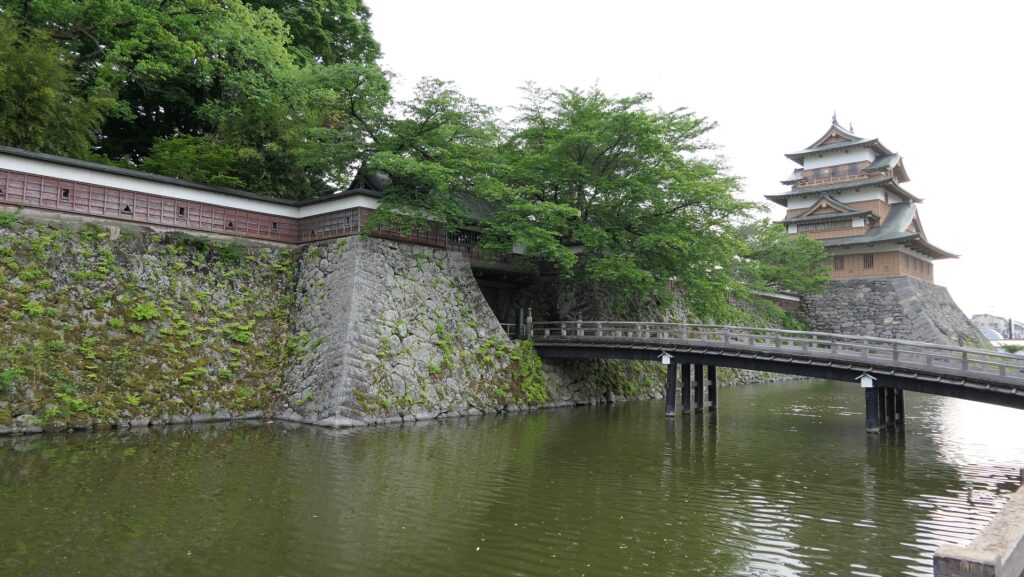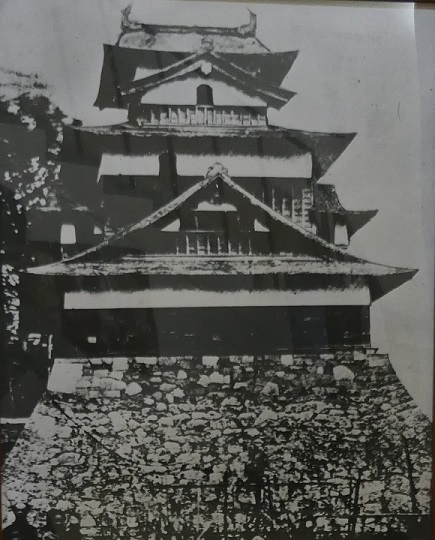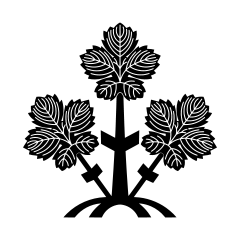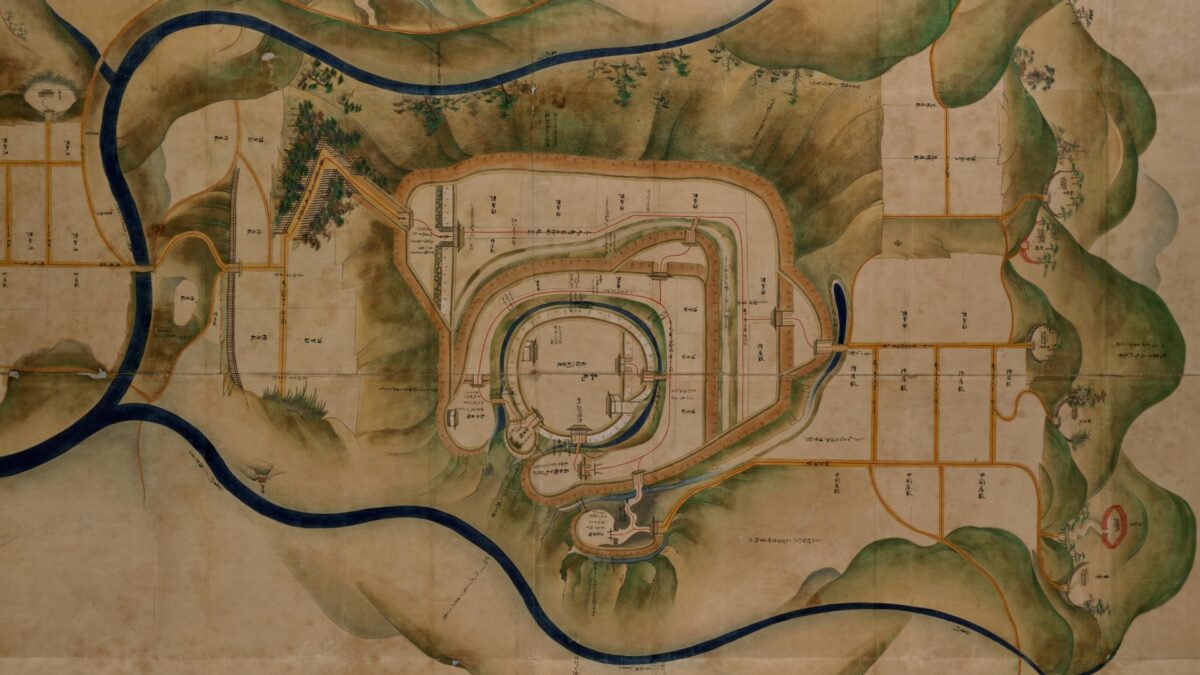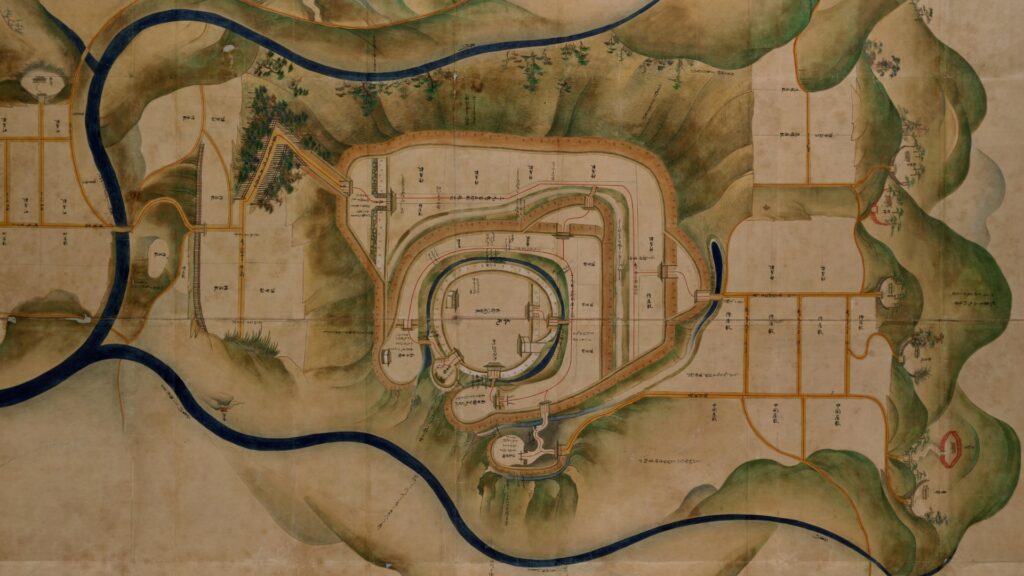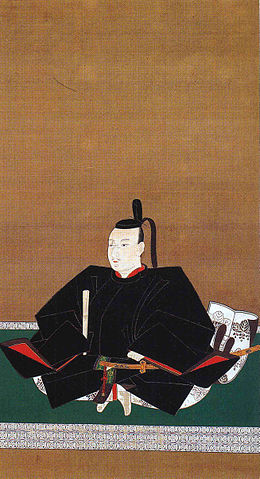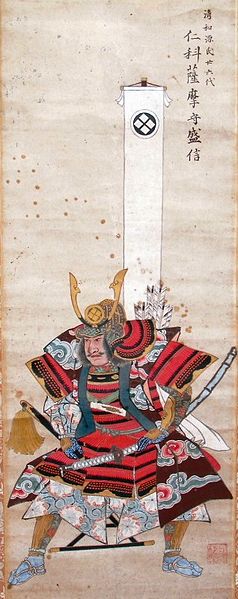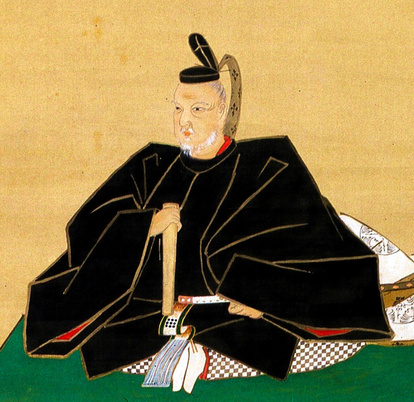Location and History
After Nihonmatsu Clan built, Date and other Clans owned it.
Nihonmatsu Castle was a castle with a long history which was located in what is now Nihonmatsu City in Fukushima Prefecture. The castle was built along the Oshu Road, an important route in Tohoku Region, and also connected to other important inland areas such as Aizu District. When the Ashikaga Shogunate was established in the first 14th Century, the shogunate sent their relative Hatakeyama Clan to the Tohoku Region to govern the region. The clan settled in the region and built Nihonmatsu Castle in the first 15th Century. It started as a simple mountain castle but later on transformed to another type of castle.
The location of the castleThe clan later called themselves the Nihonmatsu Clan which governed the castle and the area around for a long time. In the late 16th Century during the Sengoku Period, one of the greatest warlord, Masamune Date attacked Nihonmatsu Castle and the Nihonmatsu Clan finally surrendered in 1586. Since then, the castle became a branch castle of Wakamatsu Castle in Aizu District, which was the Date Clan’s home base. The lords of Wakamatsu Castle were changed to the Gamo, Uesugi, and Kato Clans, They also improved Nihonmatsu Castle by building stone walls.
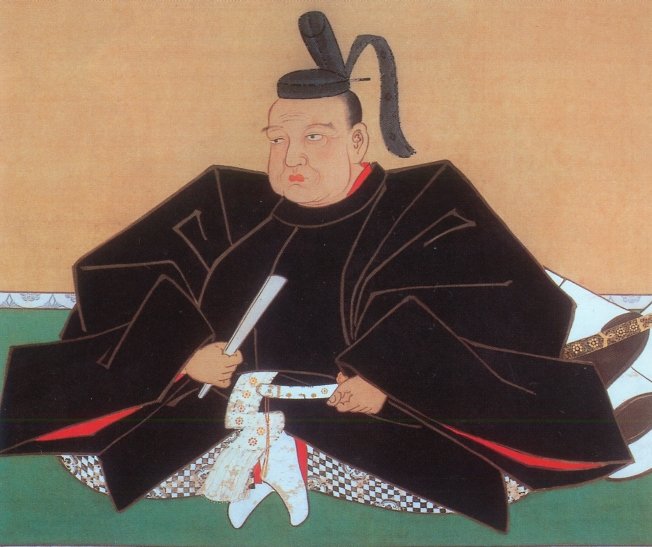

Niwa Clan mostly Governed Castle in Edo Period
In 1643 during the Edo Period, The Niwa Clan was transferred to the lord of the castle as the government building of the Nihonmatsu Domain by the Tokugawa Shogunate. The clan renovated the castle as well. They built the stone wall base for the Main Tower on the top of the mountain, but it is unknown if the tower was built at all. They also built the Main Hall for the lord with many other buildings for governing at the foot of the mountain. They also improved the defense system of the castle. The Oshu Road was moved beyond a hill from near the castle and visitors from the road had to pass through the Main Gate on the hill. The area around the castle called Kakunai or the Inner Compounds was protected by five gates including the Main Gate. The Niwa Clan peacefully governed the castle until the end of the Edo Period.
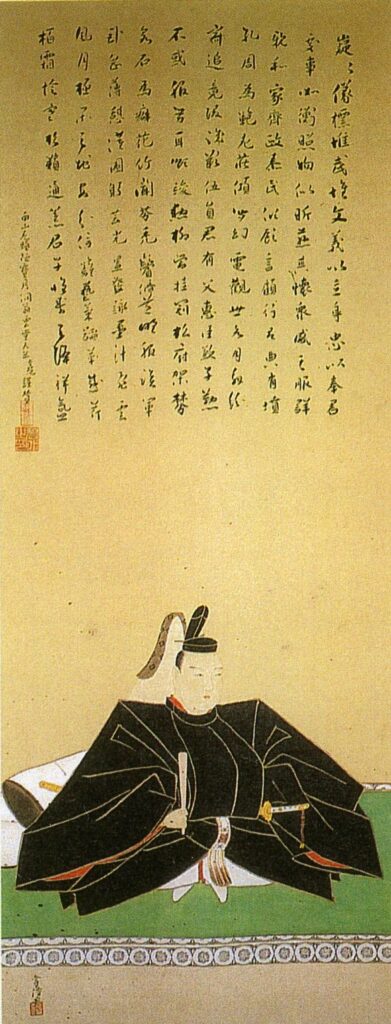
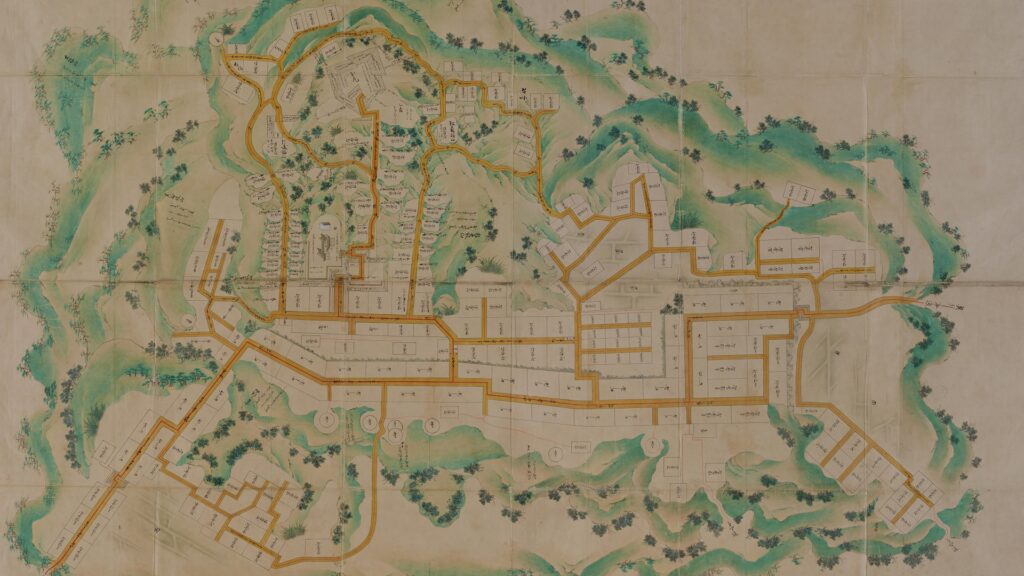
Castle falls in one day in Boshin war
However, the castle got involved in the Boshin war in 1868 during the Meiji Restoration. The New Government Army attacked the Nihonmatsu Domain which still supported the Tokugawa Shogunate. Many of the warriors of the domain were sent to Shirakawa-Komine Castle, located in the south of Nihonmatsu Castle, to reinforce the allies at the moment. They had to protect the castle with only a few defenders including the drafted child soldiers between the age of 12 and 17. They were confused by the sudden attack and the castle was captured in just one day. Some warriors such as senior vassals of the domain committed suicide while most of the castle building being burned down. Many of the child soldiers were also killed, and they have been called Nihonmatsu Shonentai, symbolizing the tragedy of the war.

